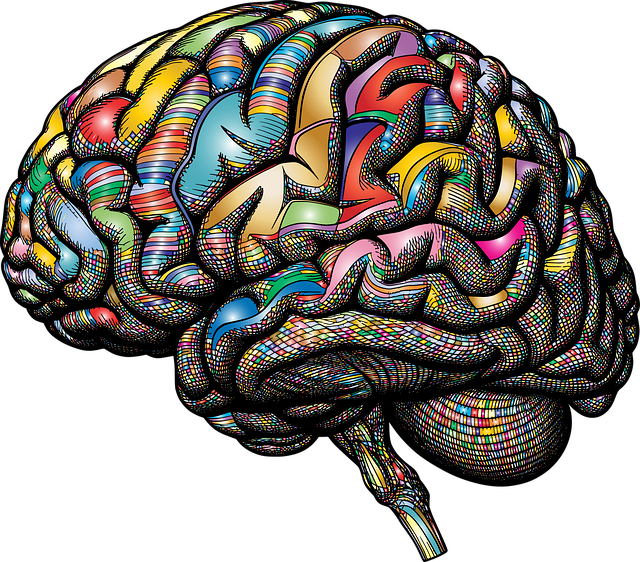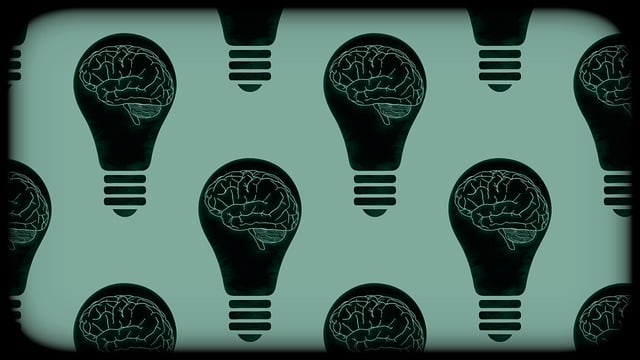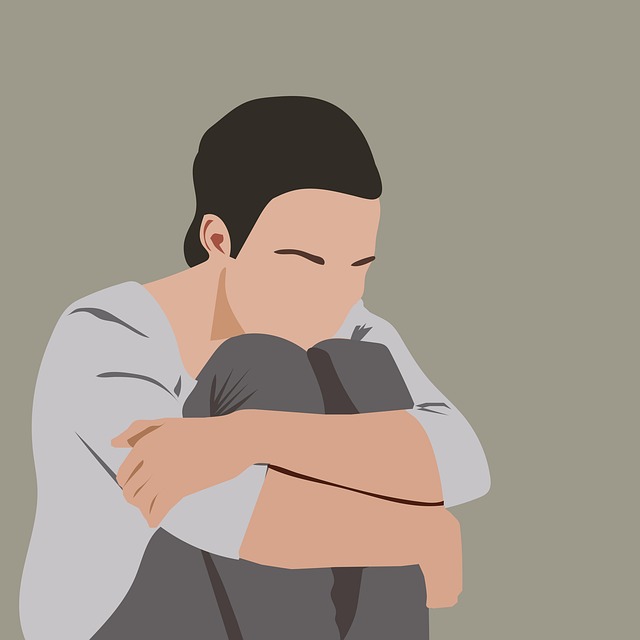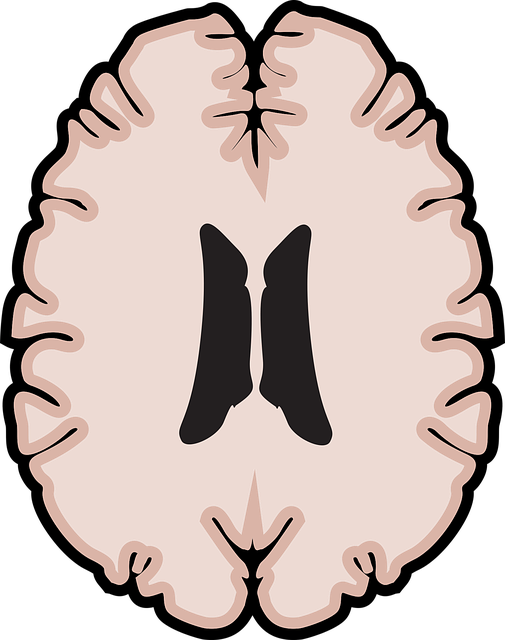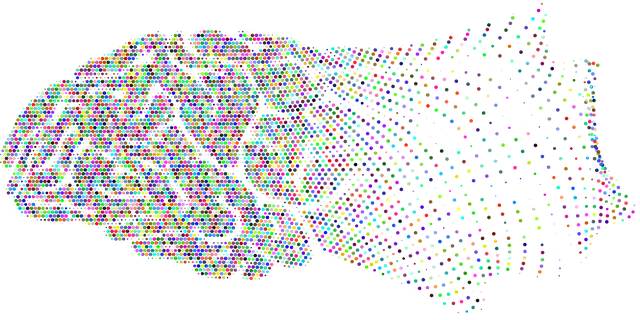Mental health professionals play a vital role in guiding adolescents through emotional challenges by using risk assessment as a foundation, evaluating hazards, vulnerabilities, and protective factors to tailor treatment. Integrating biofeedback techniques and mindfulness meditation enhances risk assessment and therapy outcomes for teens. Early intervention programs, combining evidence-based practices like biofeedback with holistic approaches, identify at-risk youth, preventing burnout and promoting resilience. Biofeedback equips teens with stress and anxiety management skills, crucial aspects of risk assessment, and improves overall mental wellness coaching outcomes in therapy for adolescent teens.
Mental health professionals are continually navigating complex risks within their practice, especially when treating adolescent teens. This article delves into crucial aspects of risk assessment, focusing on specific challenges unique to teenage therapy and exploring biofeedback as a potent mitigant. By understanding these risks, practitioners can enhance patient safety and outcomes, particularly in the context of dynamic therapeutic relationships. We examine strategies for effective risk management using biofeedback techniques in therapy for adolescent teens.
- Understanding Risk Assessment in Mental Health Practice
- Specific Risks Associated with Therapy for Adolescent Teens
- Incorporating Biofeedback as a Mitigant in Risk Management
Understanding Risk Assessment in Mental Health Practice

Mental health professionals are tasked with helping individuals navigate complex emotional and psychological landscapes, often involving delicate situations that carry inherent risks. Risk assessment is a cornerstone of this practice, enabling therapists to create safe, effective treatment plans tailored to each client’s unique needs. It involves a comprehensive evaluation of potential hazards, vulnerabilities, and protective factors, guiding interventions aimed at minimizing negative outcomes.
For adolescent teens seeking therapy, integrating biofeedback techniques and mindfulness meditation can significantly enhance risk assessment and overall treatment outcomes. Community outreach program implementation plays a vital role in identifying at-risk youth early on, offering support systems that prevent burnout among vulnerable populations. By combining evidence-based practices like biofeedback with holistic approaches such as mindfulness, mental health professionals can foster resilience, mitigate risks, and improve the lives of teens they serve.
Specific Risks Associated with Therapy for Adolescent Teens

Therapy for adolescent teens comes with unique risks and considerations due to their developmental stage. This age group is particularly vulnerable to emotional volatility and may struggle with self-regulation, making Biofeedback techniques a valuable tool in their therapeutic arsenal. By teaching them mindfulness and relaxation responses, mental wellness coaching programs can empower teens to better manage stress and anxiety, crucial components of risk assessment for mental health professionals working with this demographic.
Effective communication strategies are also paramount as adolescents may face barriers in expressing their feelings and experiences. Mental health professionals must be adept at creating safe, non-judgmental spaces to encourage open dialogue, which can mitigate potential risks during therapy sessions. The development of tailored interventions addressing specific adolescent needs is essential, leveraging techniques like Biofeedback alongside traditional therapy methods for optimal mental wellness coaching outcomes.
Incorporating Biofeedback as a Mitigant in Risk Management

Incorporating biofeedback into risk management planning for mental health professionals can significantly enhance their ability to support adolescent teens. Biofeedback, a therapy that teaches individuals to gain control over physiological processes, offers a non-invasive approach to managing stress and anxiety—common challenges faced by both therapists and their young clients. By training adolescents to regulate bodily responses, biofeedback can serve as a powerful tool for confidence boosting, ultimately improving the therapeutic process.
This method is especially beneficial in high-risk scenarios where mental health professionals may be exposed to intense emotional situations. Biofeedback techniques, such as heart rate variability (HRV) feedback and muscle relaxation training, have been shown to reduce anxiety levels and promote a sense of calm. By integrating these practices into their routine, therapists can improve their resilience and better support the emotional well-being of adolescent teens, fostering a safer and more effective therapeutic environment.
Mental health professionals must continually assess and manage risks in their practice, especially when treating vulnerable populations like adolescent teens. By understanding risk assessment principles and incorporating innovative techniques such as biofeedback, therapists can enhance their ability to mitigate potential hazards and foster a safer therapeutic environment. For parents and adolescents considering therapy for teenage mental health issues, being informed about these risk management strategies ensures confidence in the care they receive, ultimately promoting better outcomes.

